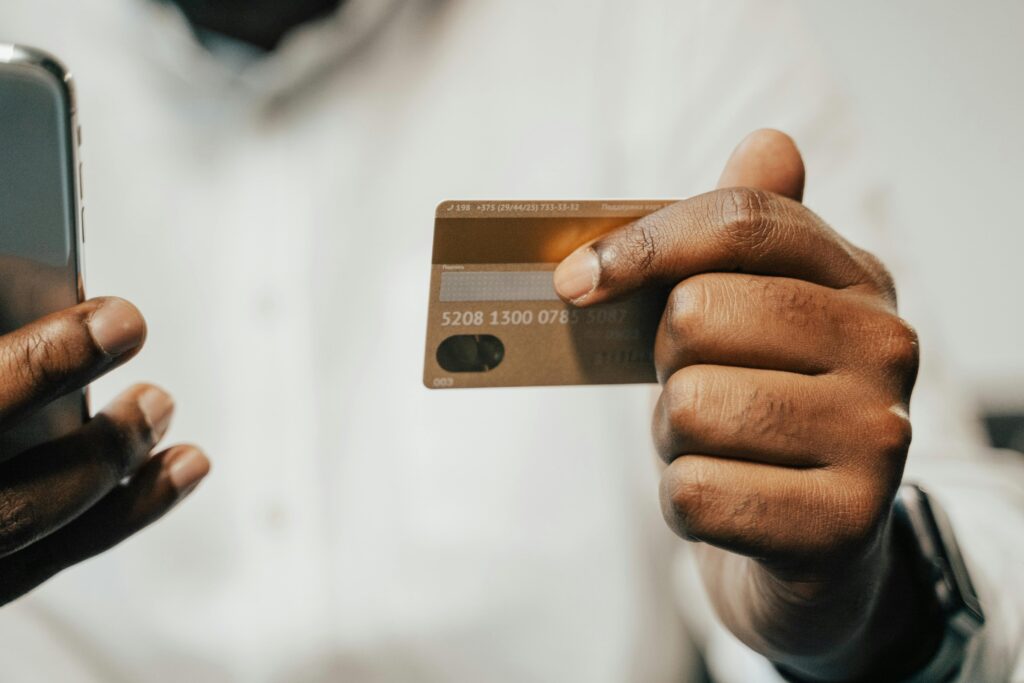Introduction
Contactless fundraising has become increasingly prevalent in recent years, revolutionizing the way nonprofits engage with their supporters. This article explores the evolution of contactless fundraising, its benefits, challenges, and the overall impact on donor engagement.
Understanding Contactless Fundraising
Contactless fundraising refers to the practice of soliciting donations and contributions through digital channels and technology-driven methods, eliminating the need for physical contact or transactions. It encompasses a wide range of strategies, including online campaigns, mobile donation apps, virtual events, and social media fundraising.
Evolution in the Nonprofit Sector
Traditionally, nonprofits relied on in-person events, direct mail, and phone calls to raise funds. However, technological advancements and changing consumer preferences have led to a shift towards digital fundraising methods. Nonprofits are now leveraging online platforms and digital tools to connect with donors and facilitate giving in more convenient and accessible ways.
The Need for Contactless Fundraising
As society becomes increasingly digital and interconnected, nonprofits must adapt to changing times to remain relevant and effective in their fundraising efforts.
Adapting to Changing Times
Traditional fundraising methods face various challenges, including declining response rates, donor fatigue, and increasing competition for donor attention. Contactless fundraising offers a solution by providing nonprofits with innovative ways to reach donors where they are and engage them on their terms.
Importance of Embracing Technology
Technology plays a crucial role in contactless fundraising, enabling nonprofits to expand their reach, streamline donation processes, and cultivate deeper relationships with supporters. By embracing technology, nonprofits can tap into the growing trend of online giving and maximize their fundraising potential.
Benefits of Contactless Fundraising
Contactless fundraising offers several benefits for both nonprofits and donors, contributing to increased engagement, participation, and support.
Accessibility and Convenience
One of the primary benefits of contactless fundraising is its accessibility and convenience. Donors can contribute to their favorite causes from anywhere, at any time, using their preferred digital devices. This accessibility removes barriers to giving, allowing nonprofits to reach a wider audience and increase donor participation.
Enhanced Engagement
Contactless fundraising provides nonprofits with opportunities to engage donors in more interactive and personalized ways. Through online platforms and social media channels, nonprofits can share compelling stories, showcase impact, and invite supporters to participate in virtual events and campaigns. This enhanced engagement fosters stronger connections between nonprofits and donors, leading to increased loyalty and support.
Tap to Donate Machines
Tap to donate machines have emerged as a revolutionary tool in the realm of contactless fundraising. These devices, often strategically placed in high-traffic areas like shopping malls, event venues, and public spaces, allow donors to make instant contributions with a simple tap of their contactless card or mobile device. By eliminating the need for cash or complex transaction processes, tap to donate machines offer a seamless and convenient way for individuals to support their favorite causes on the go.
Case Studies: Successful Implementations
Numerous nonprofits have successfully implemented contactless fundraising strategies, achieving impressive results and driving meaningful impact.
Virtual Events and Campaigns
Many nonprofits have transitioned their in-person events and campaigns to virtual formats, leveraging digital platforms to engage donors and raise funds. From virtual galas and peer-to-peer fundraising campaigns to online auctions and livestreamed concerts, organizations have demonstrated creativity and adaptability in their fundraising efforts.
Mobile Donation Apps
Mobile donation apps have emerged as powerful tools for contactless fundraising, allowing donors to give conveniently and securely from their smartphones. These apps streamline the donation process, making it easy for supporters to contribute to their favorite causes with just a few taps. Nonprofits have seen significant success with mobile donation apps, witnessing increased giving and donor engagement.
Building Trust and Transparency
In the digital age, trust and transparency are more important than ever for nonprofits seeking to engage donors and secure their support.
Establishing Credibility
Nonprofits must prioritize clear communication and transparency to establish credibility with donors. By providing visibility into their operations, finances, and impact, nonprofits can build trust and confidence among supporters.
Strengthening Donor Relationships
Transparency also plays a crucial role in strengthening donor relationships. Nonprofits that are open and honest about their activities, achievements, and challenges are more likely to cultivate loyal supporters who feel connected to the organization’s mission and values.
Overcoming Challenges
While contactless fundraising offers numerous benefits, it also presents challenges that nonprofits must navigate to ensure success.
Digital Divide and Accessibility Issues
One of the primary challenges of contactless fundraising is the digital divide, which can exclude certain segments of the population from participating. Nonprofits must implement strategies to address accessibility issues and ensure inclusivity in their fundraising efforts.
Security Concerns
Security is another significant concern in contactless fundraising, particularly regarding online transactions and donor data. Nonprofits must prioritize data protection and privacy to safeguard donor information and maintain trust.
Future Trends and Innovations
Looking ahead, contactless fundraising is poised to continue evolving, driven by emerging technologies and changing donor preferences.
Integration of Emerging Technologies
Nonprofits are increasingly exploring the integration of emerging technologies such as blockchain and artificial intelligence (AI) into their fundraising practices. These technologies offer new opportunities for transparency, efficiency, and innovation in fundraising.
Sustainability and Long-Term Impact
In addition to technological advancements, nonprofits are also focusing on sustainability and long-term impact in their fundraising efforts. This includes considerations for environmental sustainability, ethical standards, and social responsibility in fundraising practices.

Conclusion
Contactless fundraising has transformed the nonprofit sector, providing organizations with new opportunities to engage donors, raise funds, and drive impact. By embracing technology, fostering transparency, and adapting to changing donor preferences, nonprofits can maximize their effectiveness and achieve their mission.
FAQs
- What is contactless fundraising? Contactless fundraising refers to the practice of soliciting donations and contributions through digital channels and technology-driven methods, eliminating the need for physical contact or transactions.
- How does contactless fundraising benefit nonprofits? Contactless fundraising offers nonprofits a wider reach, enhanced engagement opportunities, and streamlined donation processes, ultimately leading to increased support and donor retention.
- Are there any risks associated with contactless fundraising? While contactless fundraising presents numerous benefits, it also comes with challenges such as security concerns, accessibility issues, and the need for transparent communication to maintain donor trust.
- What role does technology play in contactless fundraising? Technology serves as the backbone of contactless fundraising, enabling nonprofits to leverage digital platforms, mobile apps, and innovative solutions to connect with donors, facilitate donations, and track impact.
- How can nonprofits ensure successful contactless fundraising campaigns? Nonprofits can ensure success by embracing creativity, transparency, and inclusivity in their fundraising strategies, while also staying abreast of emerging technologies and donor preferences.






